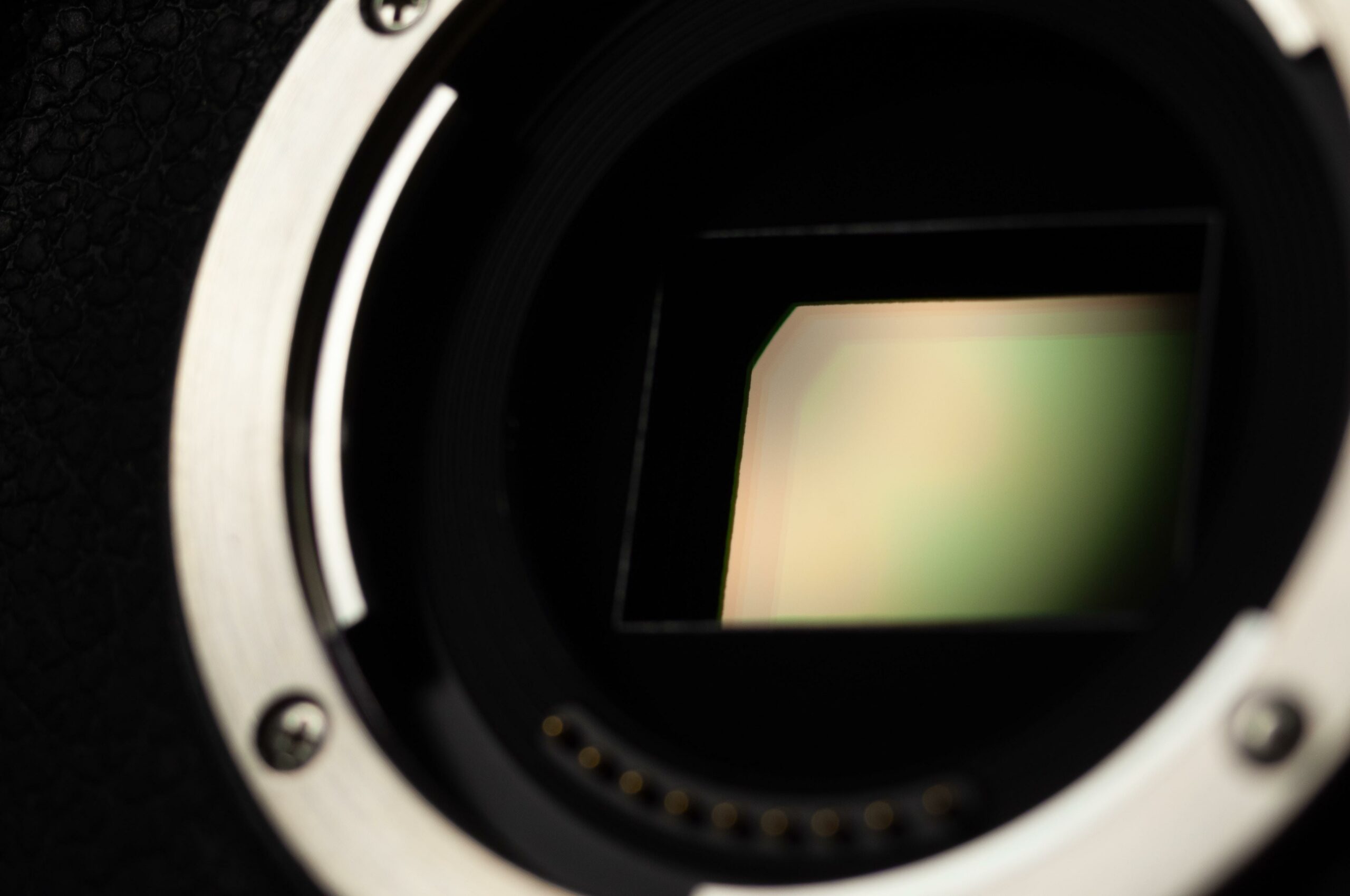Get ready to embark on a mesmerizing journey into the unseen and awe-inspiring world of microscopes. In this article, we will delve into the limitless applications of these remarkable instruments that have revolutionized fields ranging from medicine to material science, forensics to environmental studies. From unraveling the mysteries of the human body at a cellular level to uncovering hidden clues in criminal investigations, microscopes play a pivotal role in driving scientific breakthroughs and transforming our understanding of the world around us. Whether you’re a curious enthusiast or a seasoned scientist, prepare to be amazed by the extraordinary impact of microscopes in revealing the marvels that lie just beyond our naked eye.

Exploring the Revolutionary Applications of Microscopes
Microscopes, those remarkable devices that magnify small objects, have revolutionized our understanding of the world around us. From unraveling the mysteries of diseases to uncovering the secrets of materials at the nanoscale, microscopes have become indispensable tools in various fields. In this article, we will delve into the captivating applications of microscopes and discover how they have transformed medicine, material science, forensics, and environmental studies.
Unveiling the Hidden World of Biological Specimens
One of the most well-known applications of microscopes lies in the study of biological specimens. By examining blood samples, tissue samples, and other biological materials, scientists and doctors can make accurate diagnoses, conduct crucial research, and understand the intricate workings of life at a cellular level. With the aid of microscopes, they can peer into the mesmerizing microcosm of microorganisms, cells, and molecular structures, revealing hidden wonders that lie beyond our naked eye’s limitations.
“Microscopes enable us to uncover the intricate details of the microscopic world, providing us with a deeper understanding of life itself.”
Microscopes in the Fight Against Crime
Microscopes also play a vital role in crime investigation and forensic science. By analyzing forensic evidence such as fibers, hair, and fingerprints, forensic scientists can gather crucial information that helps solve crimes and bring perpetrators to justice. Microscopes enable them to examine the tiniest details, revealing evidence that may not be visible to the naked eye. With this powerful tool, they can uncover the truth hidden within the smallest fragments, making microscopes an invaluable asset in the fight against crime.
Educating and Inspiring Through Microscopy
Microscopes are not just tools for research and investigation; they also serve as powerful educational instruments. In classrooms and public outreach programs, microscopes allow students and the general public to embark on exciting journeys into the microscopic realm. By observing biological samples, such as algae and fungi, or exploring the intricate structures of watch components and jewelry, individuals can witness the enchanting beauty and complexity of the microscopic world. Microscopes spark curiosity, ignite imagination, and inspire the next generation of scientists and explorers.
“Microscopes bridge the gap between the visible and the invisible, captivating minds and fostering a deep appreciation for the wonders of science.”
Unleashing the Potential of Nanoscale Materials
The properties of matter at the nanoscale are vastly different from those at the macroscopic level. By utilizing microscopes, scientists and engineers can unlock the potential of nanoscale materials and develop new technologies that rely on these unique properties. From designing advanced electronics to creating sustainable energy solutions, microscopes enable researchers to manipulate matter at the smallest scale imaginably. In doing so, they open up a world of possibilities and accelerate progress in fields like nanotechnology and material science.
Wrap-up
Microscopes have transformed our understanding of the world, allowing us to uncover hidden marvels and drive advancements in various disciplines. From the study of biological specimens to crime investigation, from education to material science, microscopes have left an indelible mark on countless fields. Their power to magnify and reveal the hidden has expanded our knowledge, sparked innovation, and illuminated the intricate workings of the microscopic world. As we continue to explore the applications of microscopes, we are poised to unlock even more astonishing discoveries in the future.
“Microscopes are not mere devices; they are portals to a universe of astonishing detail and unlimited potential.”
Microscopes have revolutionized our understanding of the world around us. From biology to chemistry, these incredible instruments provide us with a glimpse into the microscopic realm. If you’re curious about the endless possibilities and applications of microscopes, look no further. Discover the fascinating Uses Of Microscope and unlock a whole new level of knowledge and discovery. Click here Uses Of Microscope to explore the hidden wonders that lie beyond our naked eye. Let the journey begin!
FAQ
Question 1: What are some common applications of microscopes?
Answer 1: Microscopes have numerous applications in various fields. They are commonly used in medicine for examining blood samples, tissue samples, and other biological specimens for diagnosis and research. Microscopes are also used in studying microorganisms, cells, crystalline structures, molecular structures, and atomic structures. In addition, they play a crucial role in solving crimes by analyzing forensic evidence, educating students and the public about the microscopic world, and creating new materials and technologies based on the properties of matter at the nanoscale.
Question 2: How do microscopes contribute to medical and scientific advancements?
Answer 2: Microscopes are essential tools in the medical field as they enable detailed examination of biological samples, aiding in the diagnosis and treatment of diseases. They allow scientists and researchers to study microorganisms, cells, and molecular structures, providing valuable insights into the workings of living organisms and the development of new medications and therapies. In addition, microscopes play a significant role in the field of pathology, where they are used to analyze tissue samples and identify diseases. Furthermore, microscopes are crucial for nanotechnology research, which focuses on manipulating matter at the atomic and molecular level, leading to the development of groundbreaking technologies.
Question 3: What are the different types of microscopes?
Answer 3: There are several types of microscopes, each with its own distinct features and applications. Simple microscopes are used for basic magnification and are suitable for examining algae, fungi, and biological samples. Compound microscopes, on the other hand, utilize multiple lenses to provide higher magnification capabilities and are commonly used in educational and research settings. Electron microscopes use a beam of electrons to produce highly detailed images and are used in fields such as nanotechnology and material science. Stereomicroscopes, also known as dissecting microscopes, are used for examining larger specimens in three dimensions, making them ideal for dissections and other biological studies.
Question 4: What are the two basic types of microscopic observation techniques?
Answer 4: The two basic types of microscopic observation techniques are Brightfield and Darkfield microscopy. Brightfield microscopy is the most common type and relies on a bright light source passing through the specimen to create a contrast between the object and its surroundings. This technique is suitable for observing stained or naturally pigmented samples. Darkfield microscopy, on the other hand, uses a special condenser to direct light at an angle, causing the sample to appear bright against a dark background. Darkfield microscopy is particularly useful for observing transparent or translucent specimens, such as live microorganisms or extremely small particles.
Question 5: Where can I find more information about microscopes and their uses?
Answer 5: For more information about microscopes and their applications, you can visit reputable educational websites such as byjus.com, vedantu.com, toppr.com, and testbook.com. These platforms offer a wealth of resources and articles that cover various aspects of microscopes, including their uses in different fields, their functionality, and historical developments in microscopy techniques. Exploring these sources will provide you with a comprehensive understanding of microscopes and their immense impact on scientific research and technological advancements.
















